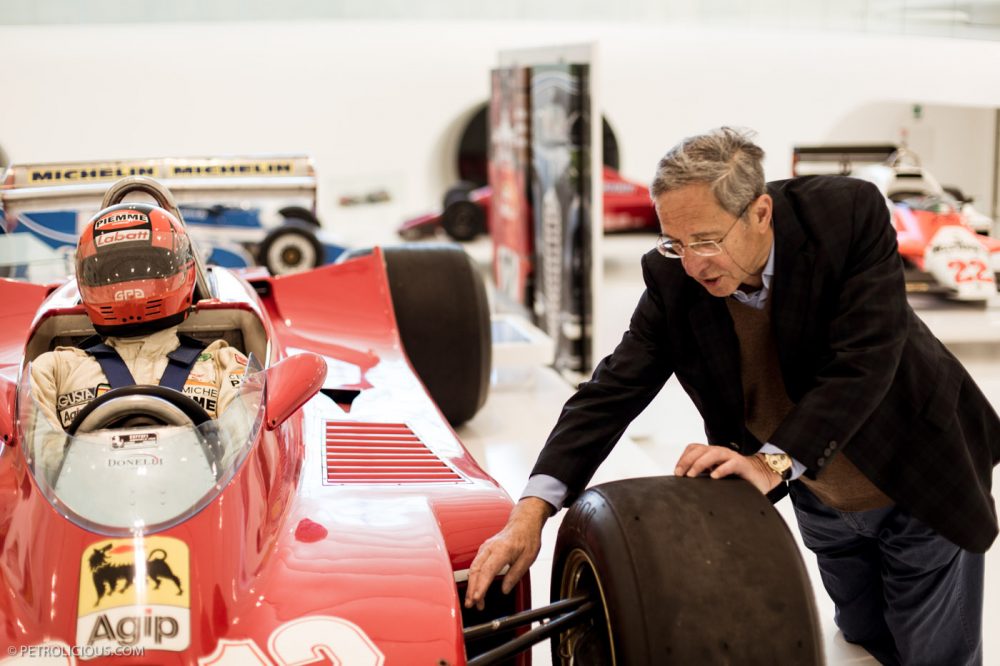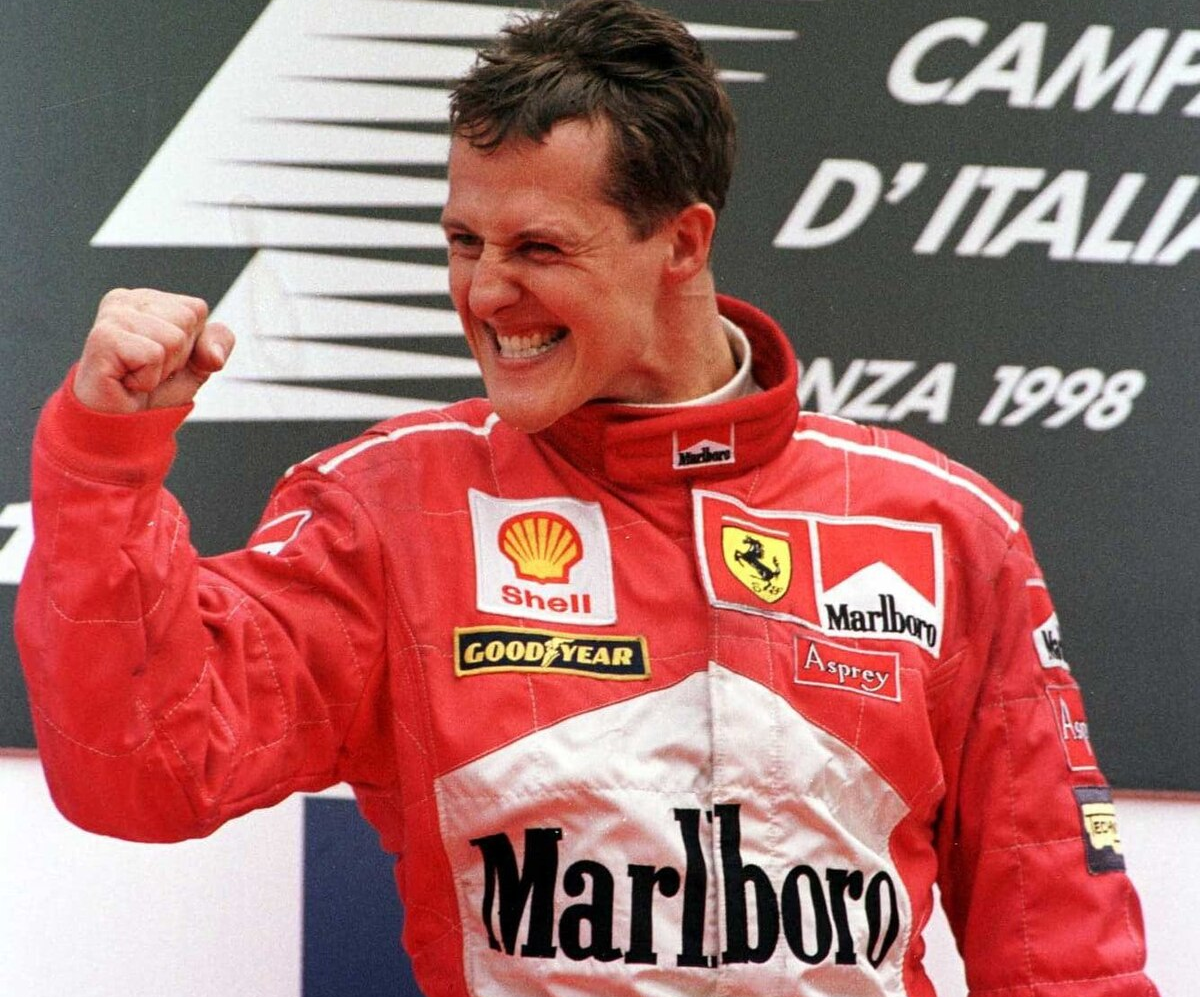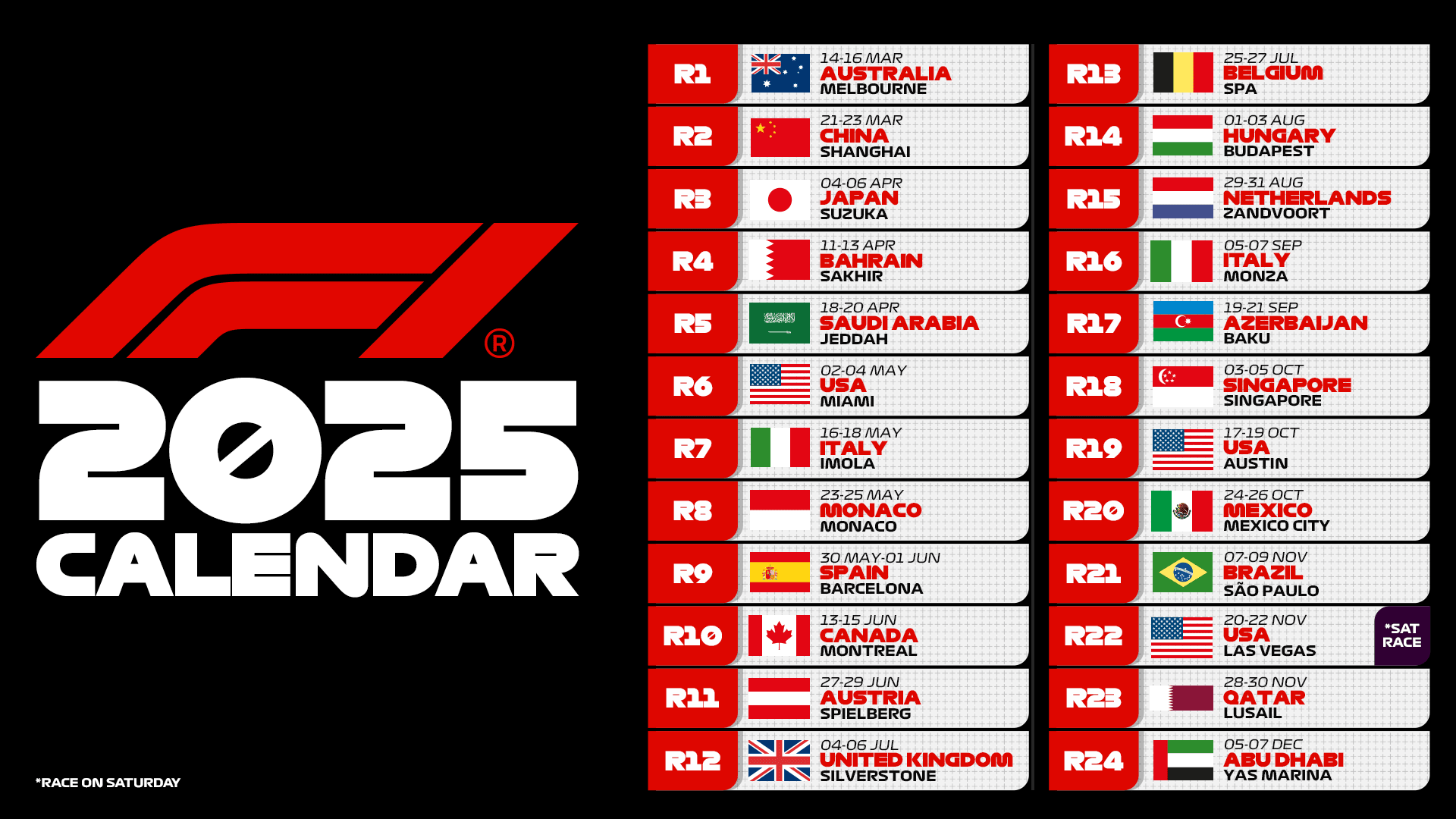Mauro Forghieri is one of the great personalities featured in the book “Ferrari – In the Heart of Formula 1,” published by Rizzoli and available in all bookstores. Written by James Allen, it is enriched with extraordinary images from the archive of Motorsport Images by two masters of photography, Ercole Colombo and Rainer Schlegenmilch.
With James, Franco Nugnes, Editor in chief of Motorsport.com Italy, met Mauro last summer at the Lo Smeraldo Restaurant in Maranello, and what was supposed to be a lunch with his wife Elisabetta and trusted friend Rossano Candrini turned into a lengthy conversation, touching on various aspects of Forghieri’s experience at Ferrari. They would never see him again.
He unexpectedly passed away on November 2 in his sleep. He was 87 years old, but even on that hot day, he showed the mental vivacity that characterized his genius. A designer of chassis, engines, and transmissions, not only in F1 but also in prototypes and GT cars, he was also a stirring force, especially in managing the drivers.
Motorsport.com Italy presents us the first part of an exciting story that reveals the character of “Furia” (Forghieri’s nickname). We will bring you the analysis on the drivers soon…
What does Ferrari represent to you?
“It means my life. I started to feel passionate about Ferrari when I was a boy. My father was one of the men who, along with Enzo Ferrari and two others, built a car before the war and left it there. When the conflict ended, they brought it out.”
What was your first encounter with Enzo like?
“I was a child. I remember he gave me a… slap. And I haven’t forgotten it because it bothered me. I was about to say something, but someone stopped me because when you’re a boy, it’s a mess: if you don’t control yourself, you feel like destroying everything. It could have started a war, but luckily they stopped me. And I even said thank you, while inside, I thought God damn him.”
What was your first professional encounter, on the other hand?
“It was an extremely pleasant thing because I didn’t expect the call.”
Show your support for Scuderia Ferrari with official merchandise collection! Click here to enter the F1 online Store and shop securely! And also get your F1 tickets for every race with VIP hospitality and unparalleled insider access. Click here for the best offers to support Charles and Lewis from the track!
Ferrari was in trouble because in 1961 they had set aside the entire top management of the team…
“They were a lot, and they were very skilled. I found myself managing a situation that used to be handled by seven or eight people, and instead, I found myself doing everything alone. Those were quite challenging moments, but also moments of humanity, because otherwise, I wouldn’t have been able to do what I wanted. Nevertheless, these are things I’m glad to remember.”
You designed the car and the engine, something unthinkable today, and you often had the management of the team on the track…
He was capable of putting you in very peculiar situations, and he did it well. When you found yourself there, you had to get to work, and with Enzo, you did, indeed. Looking back now, there are certain things I wouldn’t do again: I’ve done all sorts of things. I knew how to immerse myself without reservations in what was his world, and I became part of it.”
But how much time did you have to enter that world?
“How long did it take me? Enzo knew how to make me feel at ease. No, it was much more than that: he made me understand that he was with me at all times and would remain there until the end. He kept his promise. And he even made me understand when he was about to die.” Chills went through everyone around the table, which suddenly fell silent. Even the cutlery didn’t make a sound.
What was Ferrari like in the winning moments and in defeats?
“He was better in difficult moments because he knew that only he, by showing tranquility and accepting things, could give the team the necessary fire to rise again. He knew how to do it. It’s not just me saying it. He wasn’t a man who forgave defeats and didn’t get excited about victories. He was always the same. But he put you in a condition to overcome defeats because winning was normal for him. After a success, he could ask if the trucks had to travel a lot or if they had consumed a lot. Let’s say he was very sensitive to money…”
Show your support for Scuderia Ferrari with official merchandise collection! Click here to enter the F1 online Store and shop securely! And also get your F1 tickets for every race with VIP hospitality and unparalleled insider access. Click here for the best offers to support Charles and Carlos from the track!
Being able to manage resources was one of his strengths…
He knew how to do it.
Automobiles and racing were in his DNA…
Anything with four wheels had an incredible feeling for him, even carts. I remember once he went to watch a soapbox race downhill. When the kids saw that Enzo Ferrari was there, I can’t even tell you what they did: many thought, ‘If he notices me, maybe he’ll take me as a driver.’ So, twenty of them went down together. It was total chaos!”
You also worked on extraordinary road Gran Turismo cars…
“Designing a Ferrari was difficult, but making one that was successful was very easy, you just had to write Ferrari: that was enough, believe me. It was truly ideal for a designer. You didn’t have to work too hard: once the mechanics and four wheels were defined, on top… we would drop a sheet of metal, and that would become a Ferrari.”
“They were wonderful for everyone, even if some were awful. They told us that the aerodynamic design was perfect. In reality, we had tremendous resistance to movement. Can I say it? We had a lot of… luck, let’s put it that way.”
You were a small group… When you said, “Engineer, it’s impossible to do both F1 and Sports, F2, and hill climbs, we have to focus on one thing,” because you were performing miracles…
“Yes, but if it were up to him, he would have demanded that we also race downhill, even against the kids’ carts.”
What is your favorite Formula 1 car?
“The 312T. I think it’s normal because the T generation had development over several championships. It was a logical, natural progression.”
And in prototypes?
“My favorite car was the P4. Those who loved Ferrari and saw the P4 enjoyed it, but I never understood why. Was there a reason? Was it just aesthetics? No, I don’t think so, it wasn’t just aesthetics; there were important technical aspects to it.”
It has been reintroduced today and still looks very modern…
“There were elements of aesthetics, efficiency, and if I may say, charm. It was liked.”
The 312 B3 by Thompson, made in the UK in 1973, was a failure, and Ferrari asked you to bring order back to F1…
“The inspiration for the wing overhang came to me when I was looking at an old, yellowed book that contained German record cars from the 1930s. There were large drawings a few centimeters in size that showed the various evolutions of those monsters. The last one had a small wing overhang…”
“In fact, the best ideas I developed came from that publication. It was a book that you would read, but it wouldn’t take away the pleasure of discovering things because it encouraged you to delve into concepts, and so I enjoyed it: from the drawings and photos, you could extract everything you needed if you knew how to interpret the indications.”
Well, it’s no small feat considering all that came out of it…
“Yes, it inspired my best cars.”
Formula 1 cars were like torpedoes, then there was a radical change with the “snowplow” that preceded the B3. Why did you design an F1 car with a floor?
“It’s a discovery I made in the wind tunnel of Mercedes in Germany, where at night they would turn off a neighborhood in Stuttgart because they cut off power to a part of the city in order to have enough electrical energy to move the air in the wind tunnel at certain speeds.”
And what did you discover?
“That the F1 model didn’t generate much downforce compared to the Sports car. Instead of making a torpedo-like F1 car, I let myself be convinced by the numbers I saw, and that’s how the 1973 B3 and then the 312T were born.”
So, you have to look for innovations…
“You have to look at others, for heaven’s sake, because intelligent people who have done great things, you look at them and build a background to work on. Your project will always have a bit of everyone else, but if you want to surpass them, you have to add your own touch.”
His wife Elisabetta interjects: “Mauro continued studying in the bathroom, where he always had a stack of books in English and various other languages. They often came from Russia.” Russian books in the bathroom?
“The books about cars that are written in countries with less automotive culture are the best because they don’t settle for looking at the car as a whole, but they analyze it in all its details and in the most refined way possible. They appreciate the art and put their soul into telling the story.”
“In certain African tribes, if you bring a beautiful painting, you see these people who know how to enjoy beauty because they can’t hold back, they are pure. Among the educated, on the other hand, there is not the same astonishment because they are accustomed to a certain value and maybe they immediately talk about the price.”
What’s the idea you’re most proud of?
“If I say the wing, am I saying something stupid? If there’s one thing that has harmed Formula 1, it’s the wings because they have taken away a lot from the driver’s skill. They raised the limit of the car, and if before there were one or two drivers who could reach that limit, then there were thirty. The wing did this: it reduced driving skills…”
Is it “your fault”?
“Yes. It allowed drivers who could never have driven at the highest level to become almost champions. Even I, without a wing, wouldn’t have been able to lap Modena in the times of the young kids.”
Have you ever driven one of your own single-seaters?
“Yes, at Brands Hatch. When I reached Druids, I felt fulfilled. I drove the 312 T2: it was a decent car, and I immediately felt comfortable. And when a car was fast at Brands Hatch, it could win anywhere.”













.png)

Leave a Reply